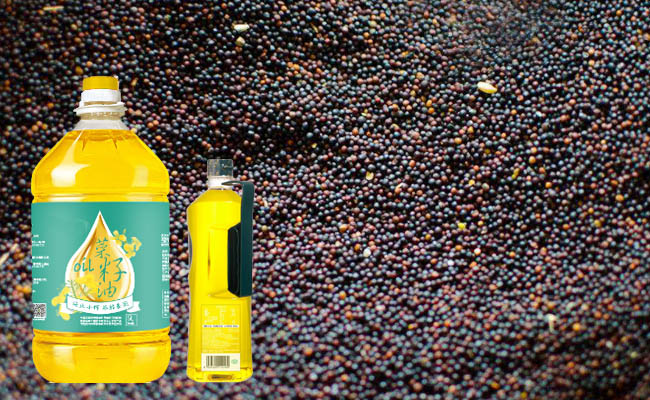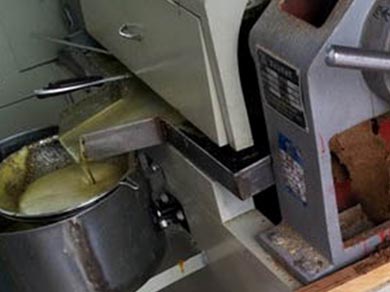Cold press machine and rapeseed oil extraction process
Rapeseed oil is a popular oil that is extracted from the seeds of the rapeseed plant. It is widely used in cooking, as well as in the production of biodiesel. The process of extracting rapeseed oil can be done in several ways, including cold pressing. Next, we will discuss the cold press machine and rapeseed oil extraction process.

What is Cold Pressing Oil Extraction?
Cold pressing oil extraction is a method of extracting oil from plants that requires the entire process to occur at 50°C or less. This method is preferred over other methods because it keeps the physiological active substances contained in rapeseed and avoids harmful substances caused by degeneration of oil, protein, carbohydrate, and lipoid in the process of high-temperature pressing.
Rapeseed, especially double-low rapeseed, contains abundant α – tocopherol and phytosterol. These active ingredients have a certain degree of heat sensitivity, which can be fully retained only in the cold pressing process. Given the strict temperature requirement, cold pressing oil extraction is a fairly slow process. Any oil that is produced using a rapeseed press that doesn’t meet this strict temperature requirement is usually known as pressed or expeller-pressed oil.

Rapeseed Cold Pressing Process
The cold pressing of rapeseed requires some preparation before the actual pressing can take place. The squeeze, shear, and friction action in the pressing chamber of the cold oil press cannot crush the whole rapeseed out of oil. Thus, flaking of rapeseed must be made before pressing in the oil press, and the flake should be thin and uniform with small powder, and the thickness should be about 3mm without oil on the surface.
The cold pressing of oil press has strict requirements on the moisture content of rapeseed. Raise the temperature of pressing chamber slowly and the moisture can be lower, generally below 8% is better, or oil extraction of cold pressing would be difficult. Of course, the moisture content cannot be too low, otherwise there would be too much powder when flaking.
In order to improve the effect of cold pressing and increase oil extraction rate, part of the cold-pressed cake should be pressed again, the quantity of which should be determined by the production situation. Increasing the twice-pressing quantity can reduce the residual oil in the cake and improve the oil extraction rate of cold pressing, but it will reduce the yield and deepen the color of oil; although decreasing the twice-pressing quantity can increase the yield and improve the color, it will reduce the oil extraction rate of cold pressing and the cake has high oil residual, loose structure, and much powder, which is detrimental to subsequent extracting process. Generally, the amount of twice pressing can be controlled in a third of the total cold-pressed cake.
The steamer can be used for preheating of materials in cold pressing, which can improve the oil yield of cold pressing, decrease the amount of twice-pressing cold-pressed cake. But the oil color has a sensitive reaction to the pressing temperature. When the temperature raises, the oil color deepens obviously, and the content of phospholipids and other rubber miscellaneous in oil would also increase. When the pressing temperature raises above 60°C, the color of oil has no obvious difference with hot pressing. Therefore, to produce cold-pressed oil with light color and good quality, material should try not to be preheated before pressing.
Cold pressing is an effective method for extracting rapeseed oil that preserves its nutritional value and avoids harmful substances caused by high-temperature pressing. Overall, cold pressing is a slower process than other methods but produces high-quality oil that is ideal for cooking and other applications.

